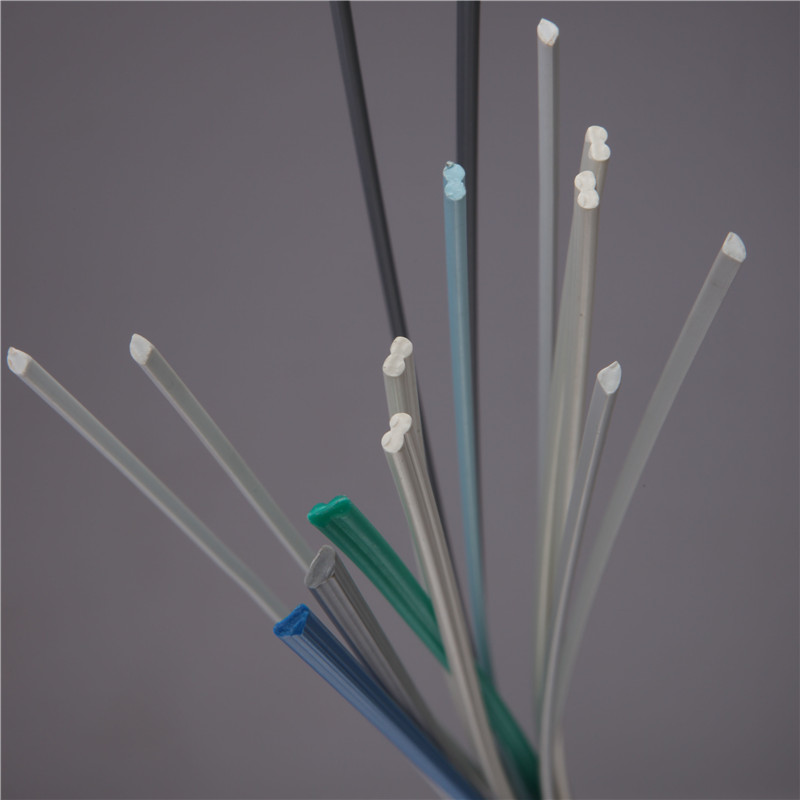ጥቅም . 10, 2024 18:33 Back to list
PPR Pipe Fittings Overview and Applications in Modern Plumbing Systems
Understanding PPR Pipe Fittings A Comprehensive Overview
PPR (Polypropylene Random Copolymer) pipes and fittings have gained significant popularity in plumbing and piping systems due to their durability, corrosion resistance, and efficient thermal insulation properties. This article aims to provide an overview of PPR pipe fittings, their benefits, application areas, and installation procedures.
What are PPR Pipe Fittings?
PPR pipe fittings are components made from polypropylene, designed to connect PPR pipes in a variety of plumbing applications. They come in various shapes, including elbows, tees, reducers, and couplings, enabling efficient fluid flow in both residential and commercial setups.
Benefits of PPR Pipe Fittings
1. Durability One of the primary advantages of PPR pipe fittings is their durability. They are resistant to high temperatures and pressures, making them suitable for hot and cold water applications.
2. Corrosion Resistance Unlike metal pipes, PPR fittings do not corrode or rust over time. This quality ensures a longer lifespan and reduces the risk of leaks and failures.
3. Chemical Resistance PPR materials resist many chemicals, making them a preferred choice for transporting water and various liquids without degrading or leaching contaminants.
4. Lightweight PPR fittings are significantly lighter than metal options, which simplifies transportation and installation processes.
5. Ease of Installation PPR pipe fittings can be easily welded together using heat fusion techniques, creating tight seals and reducing the need for additional adhesives or solvents.
6. Thermal Insulation The material properties of PPR provide excellent thermal insulation, thereby reducing energy losses in hot water systems.
Applications of PPR Pipe Fittings
PPR pipe fittings are commonly used in various sectors, including
ppr pipe fitting

- Residential Plumbing Used for water supply and drainage systems in homes. - Industrial Applications Ideal for transporting chemicals, liquids, and gases in various industrial processes.
- Heating Systems Suitable for underfloor heating and radiator connections, owing to their ability to withstand high temperatures.
- Agriculture Utilized in irrigation systems due to their resistance to UV rays and weather conditions.
Installation of PPR Pipe Fittings
Installing PPR pipe fittings is a straightforward process that involves several steps
1. Preparation Ensure that both the pipe ends and fittings are clean and free from debris to achieve optimal welding.
2. Cutting Use a pipe cutter to achieve a clean and even cut on the PPR pipes. This facilitates better fusion.
3. Heat Fusion Using a welding machine specifically designed for PPR, heat the ends of both the pipe and the fitting to the specified temperature. This usually requires just a few seconds.
4. Joining Quickly but carefully, push the heated pipe into the fitting and hold it in place for a moment to allow the material to bond as it cools.
5. Testing Once cooled, test the system for leaks by pressurizing the pipes and fittings.
Conclusion
PPR pipe fittings serve as a reliable solution for modern plumbing needs, combining strength, flexibility, and ease of use. From residential homes to industrial facilities, their benefits make them a leading choice in piping systems across various applications. As technology progresses, PPR fittings will likely continue to evolve, providing even faster and more efficient installation solutions. Understanding these components is essential for both professionals in the field and homeowners looking to make informed choices regarding their plumbing systems.
-
Durable PP Rigid Sheet: Lightweight, Chemical Resistant Solutions
NewsAug.21,2025
-
PVC Grey Sheet for Extraction: Chemical Resistant & Durable
NewsAug.19,2025
-
Durable PVC Pipe Fittings for Plumbing & Irrigation Needs
NewsAug.18,2025
-
HDPE Steel Belt Reinforced Spiral Corrugated Pipe | High Strength
NewsAug.17,2025
-
HDPE Pipe Fittings: Durable, Leak-Proof Solutions
NewsAug.16,2025
-
Premium CPVC Sheet: High-Temp & Chemical Resistant Solutions
NewsAug.15,2025

